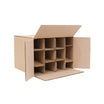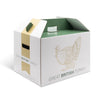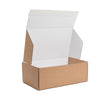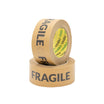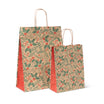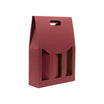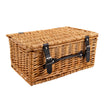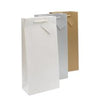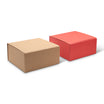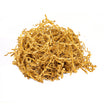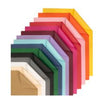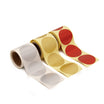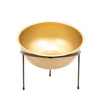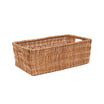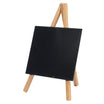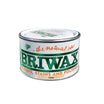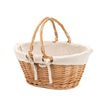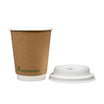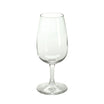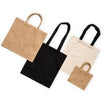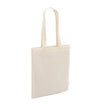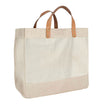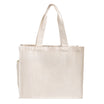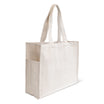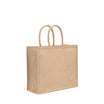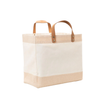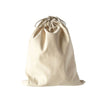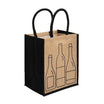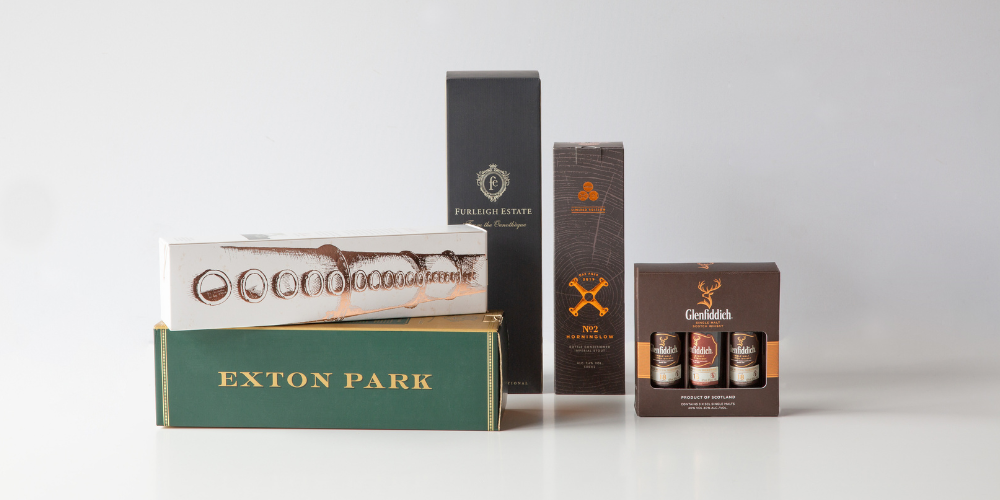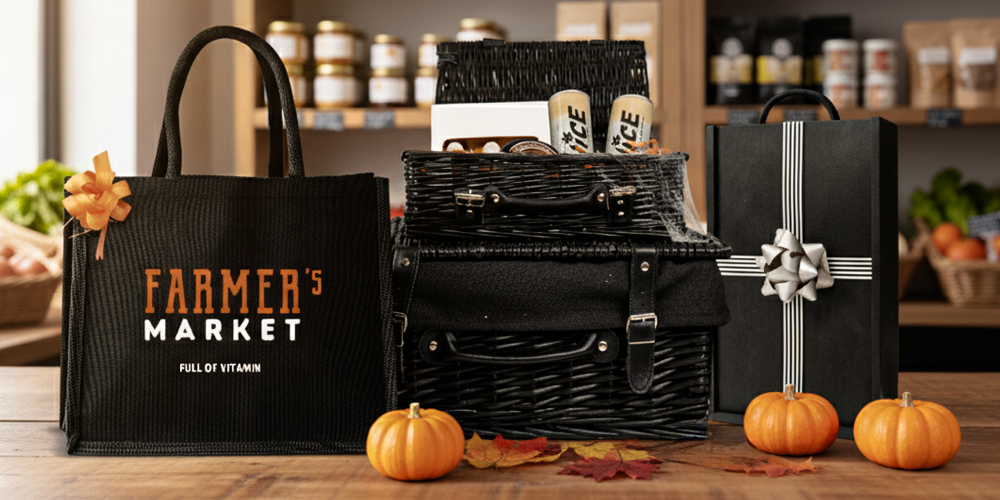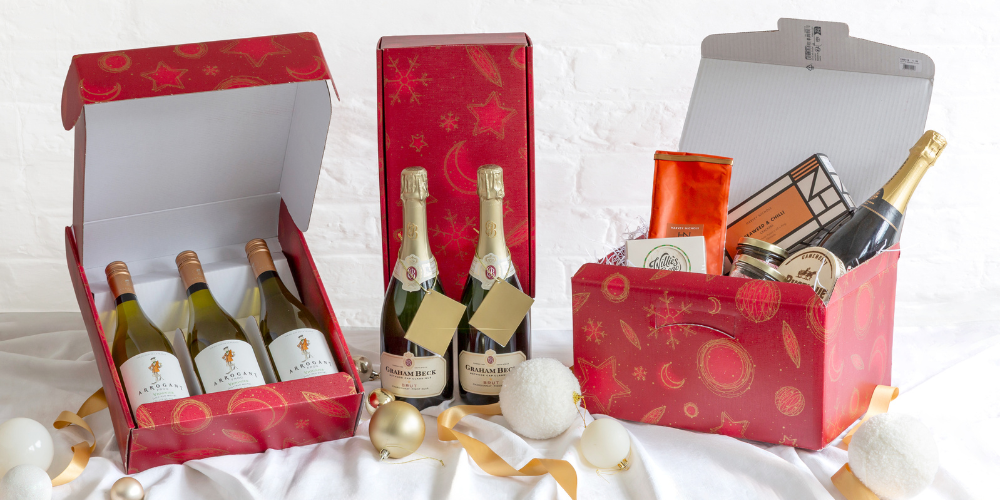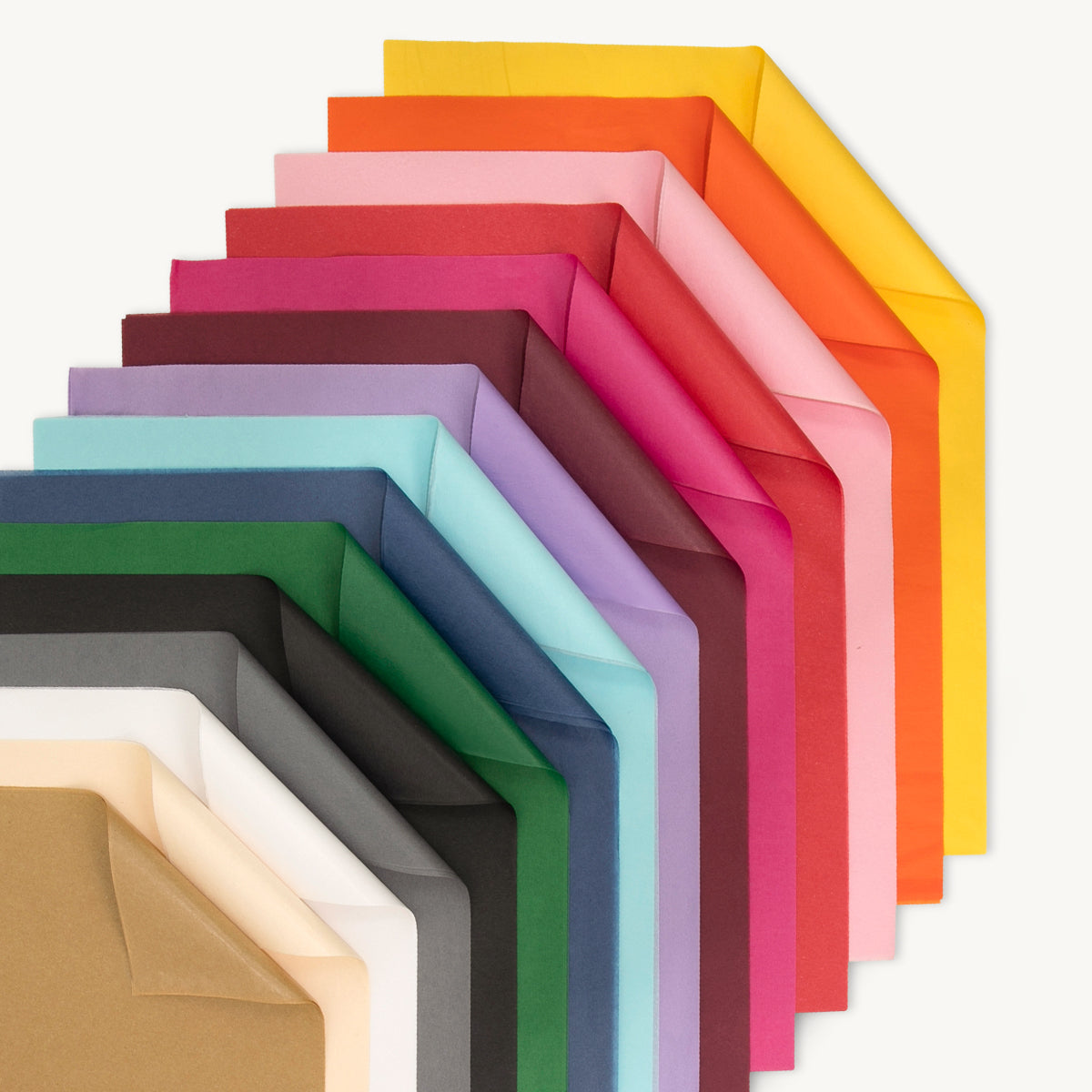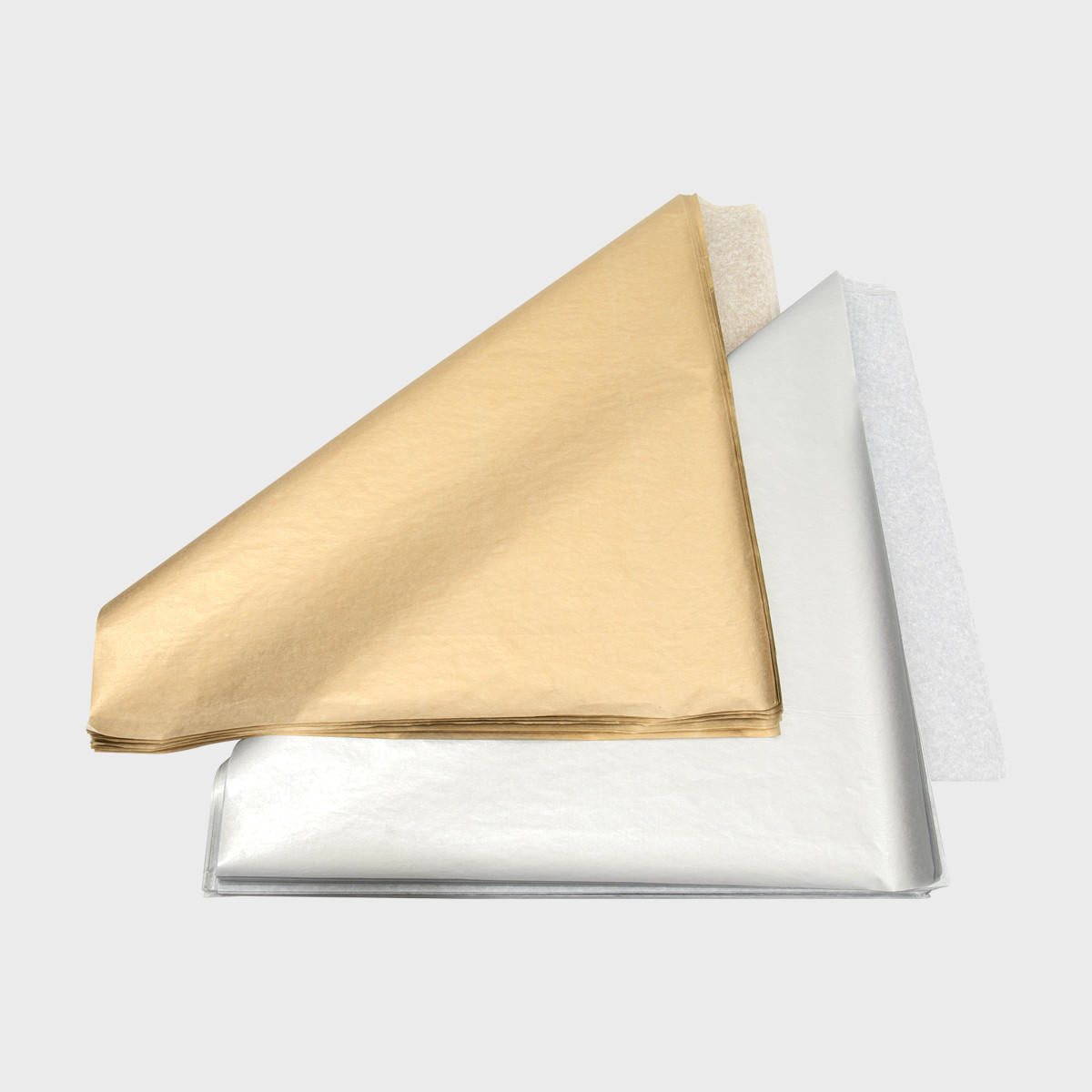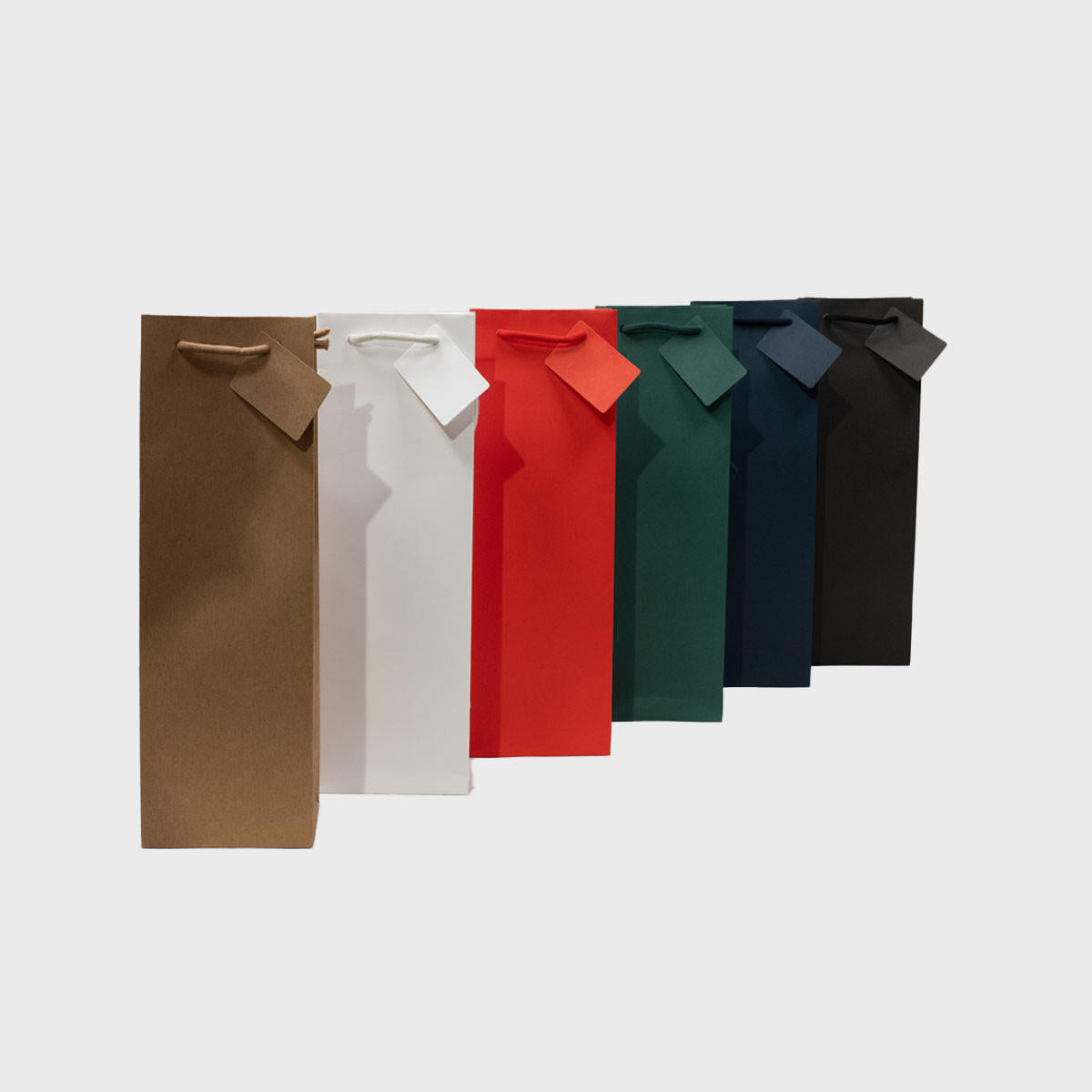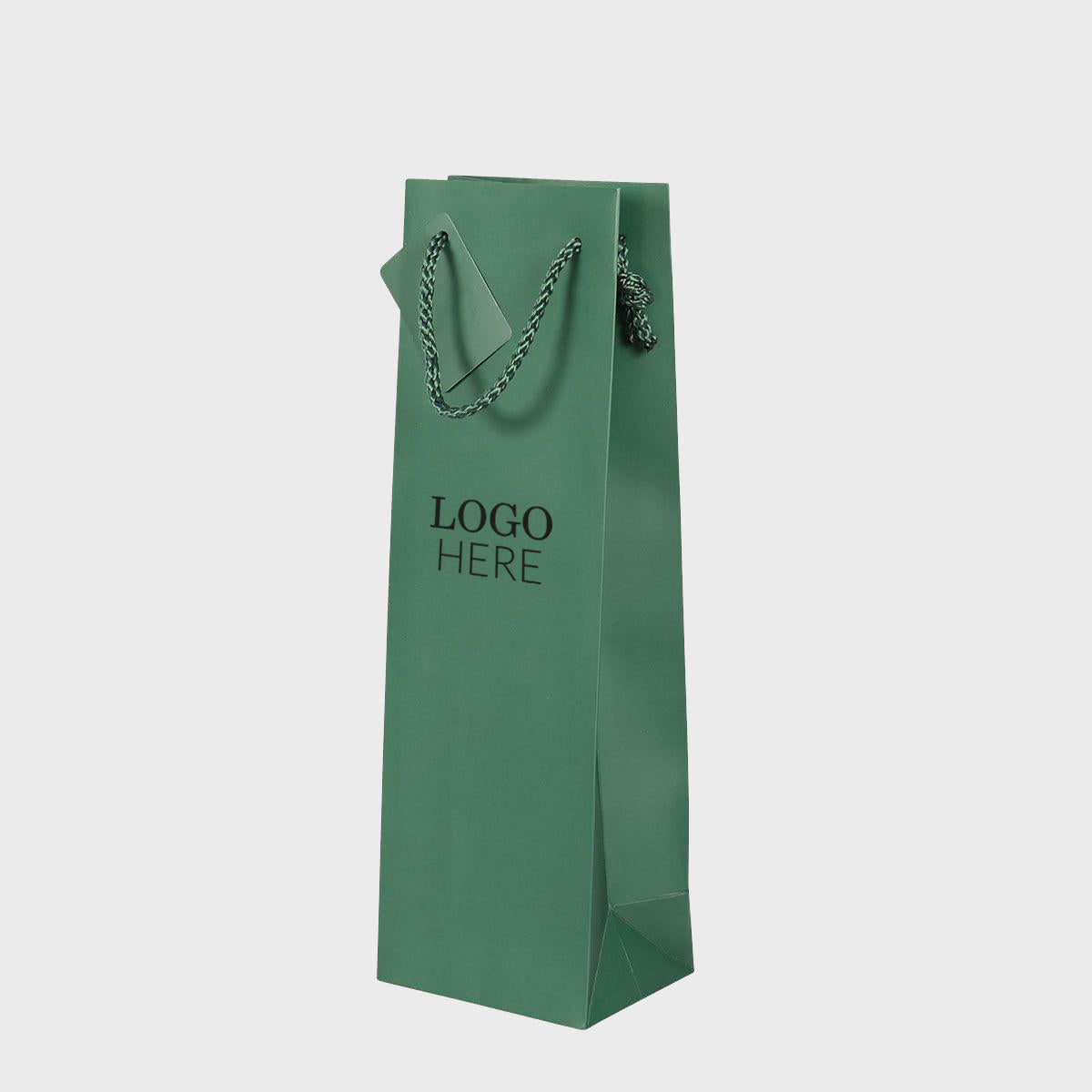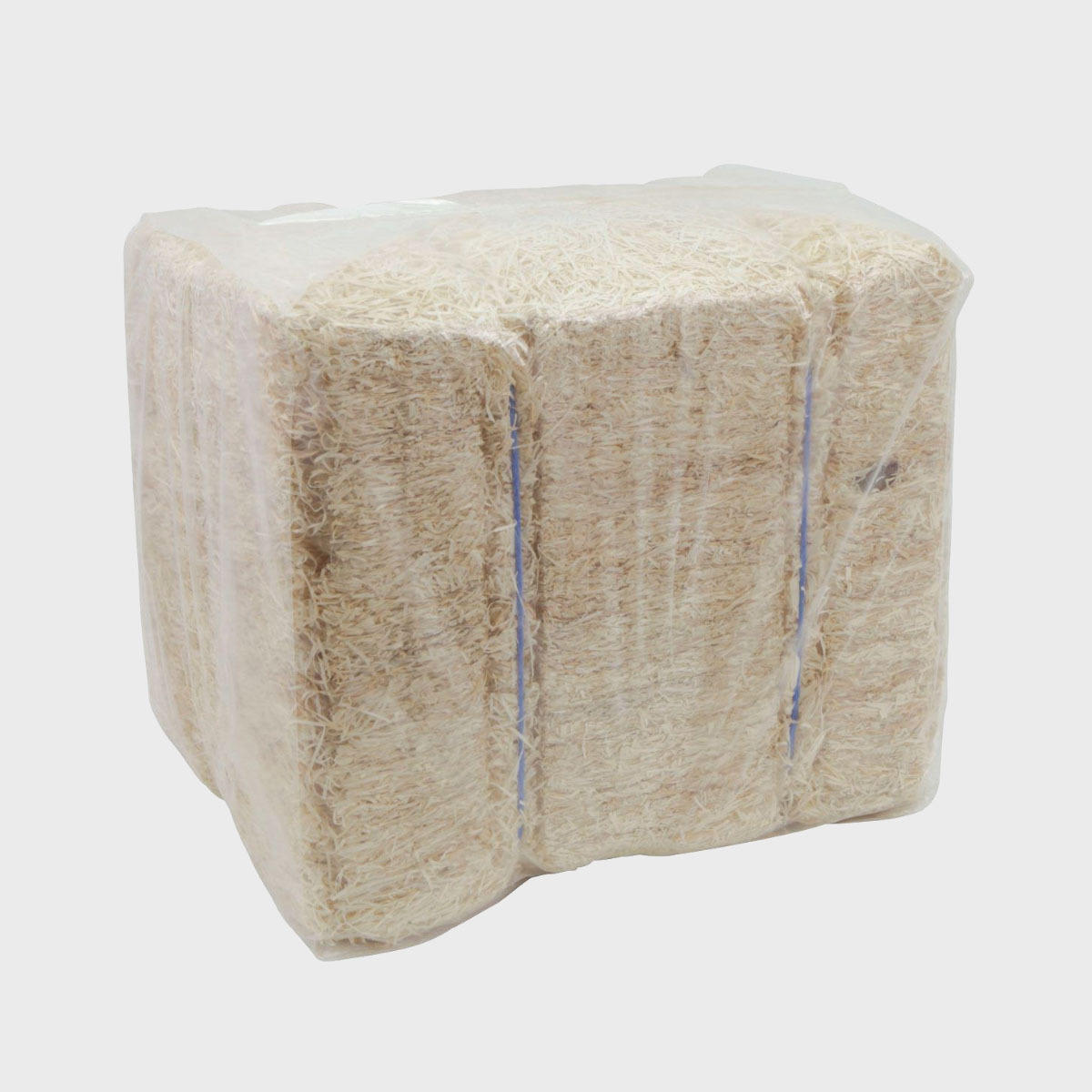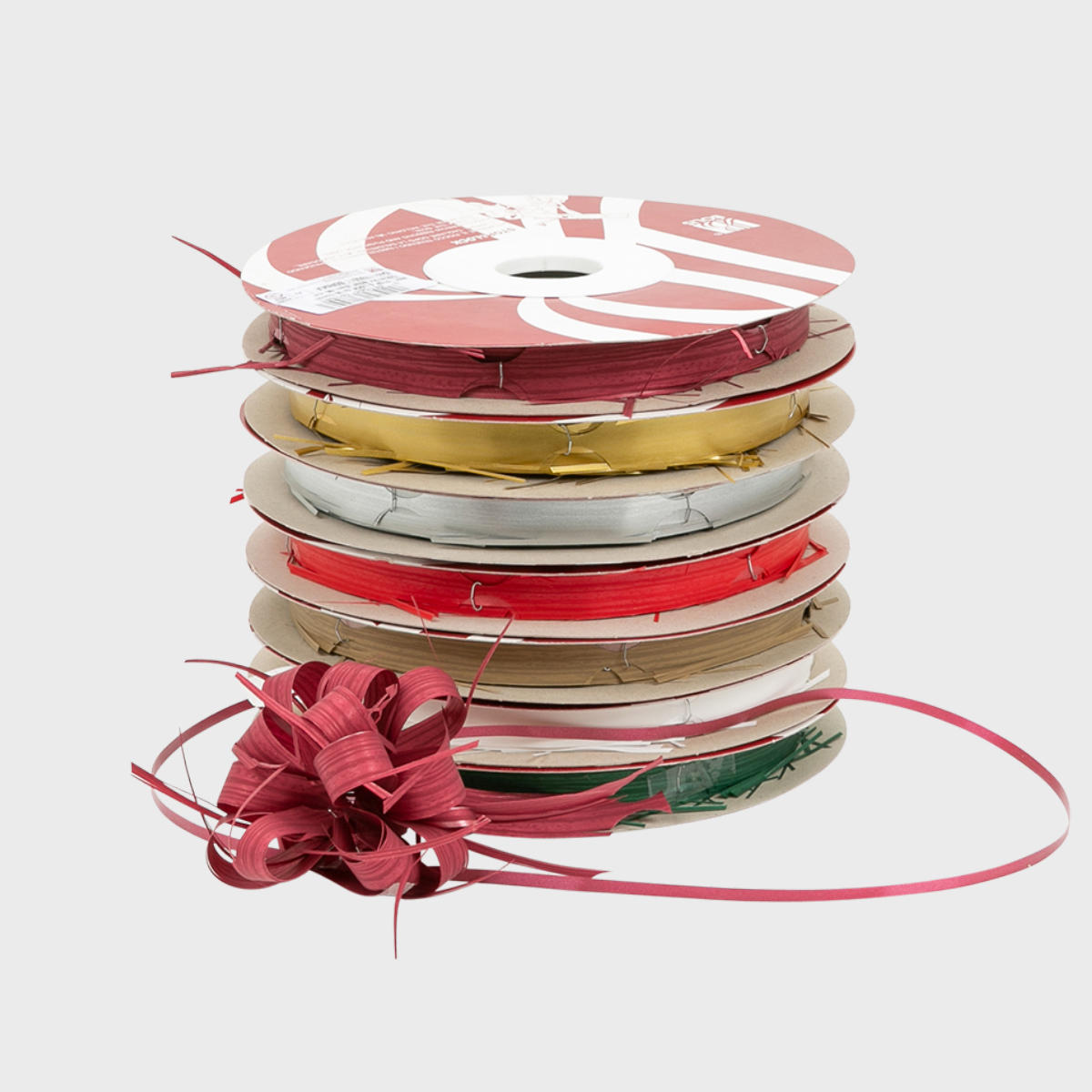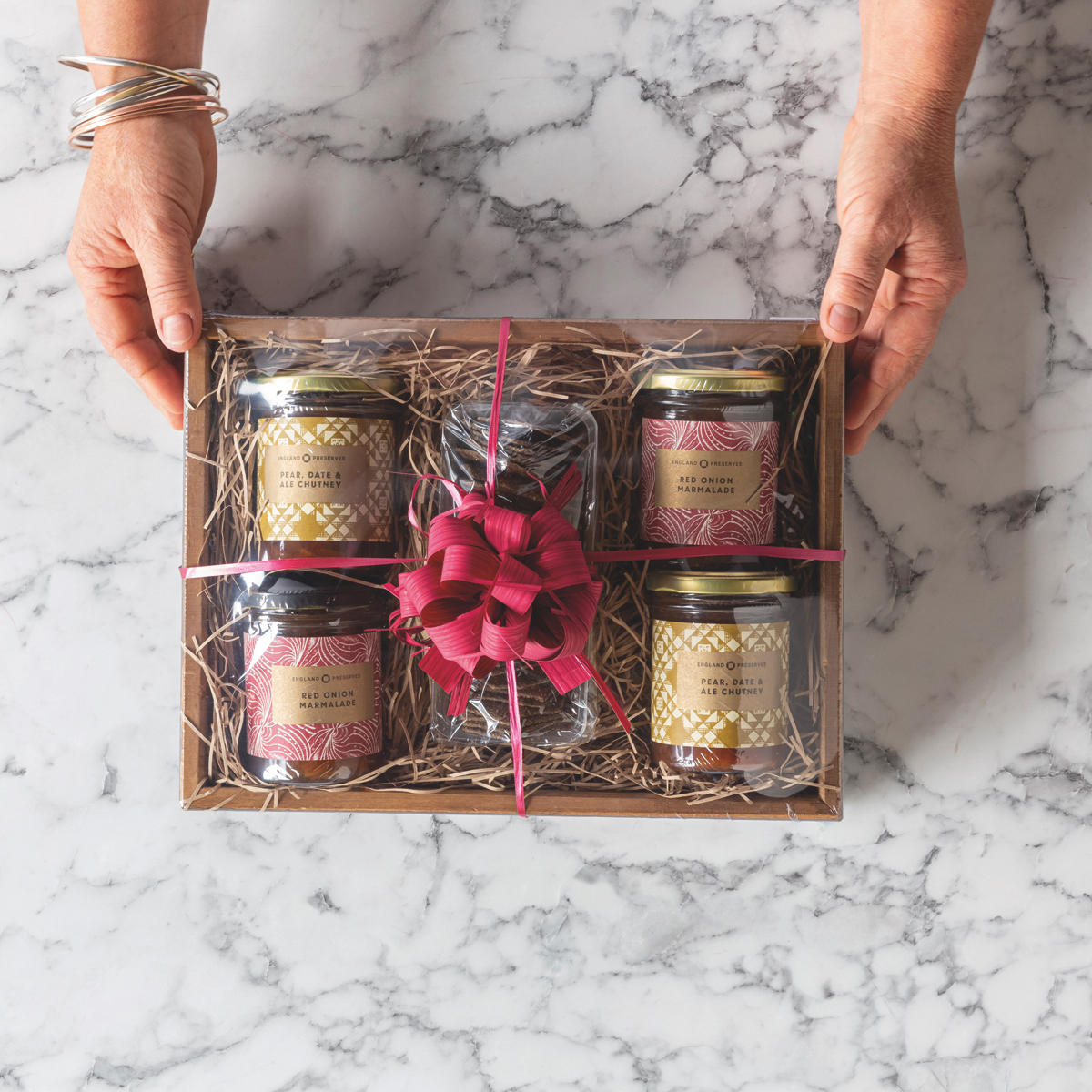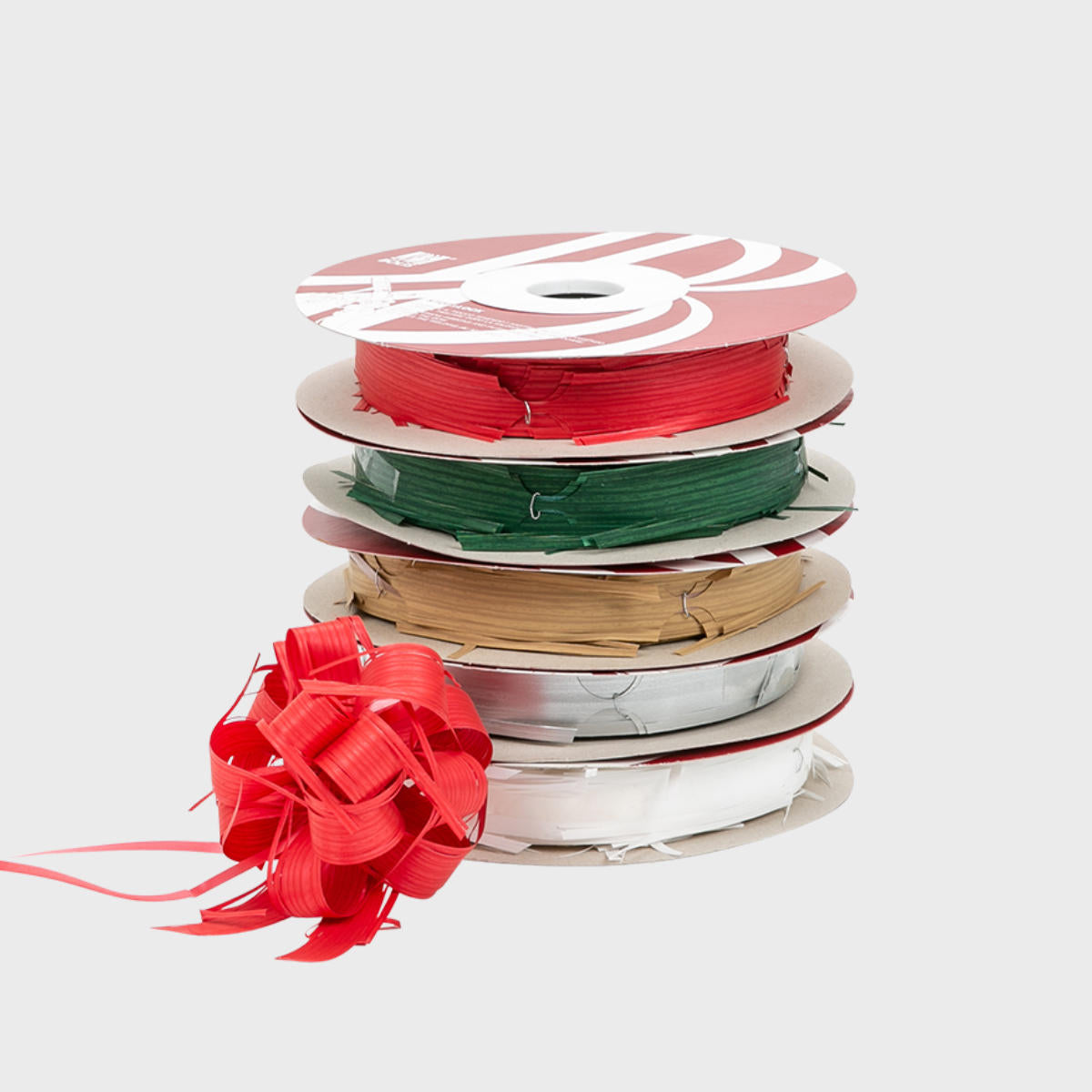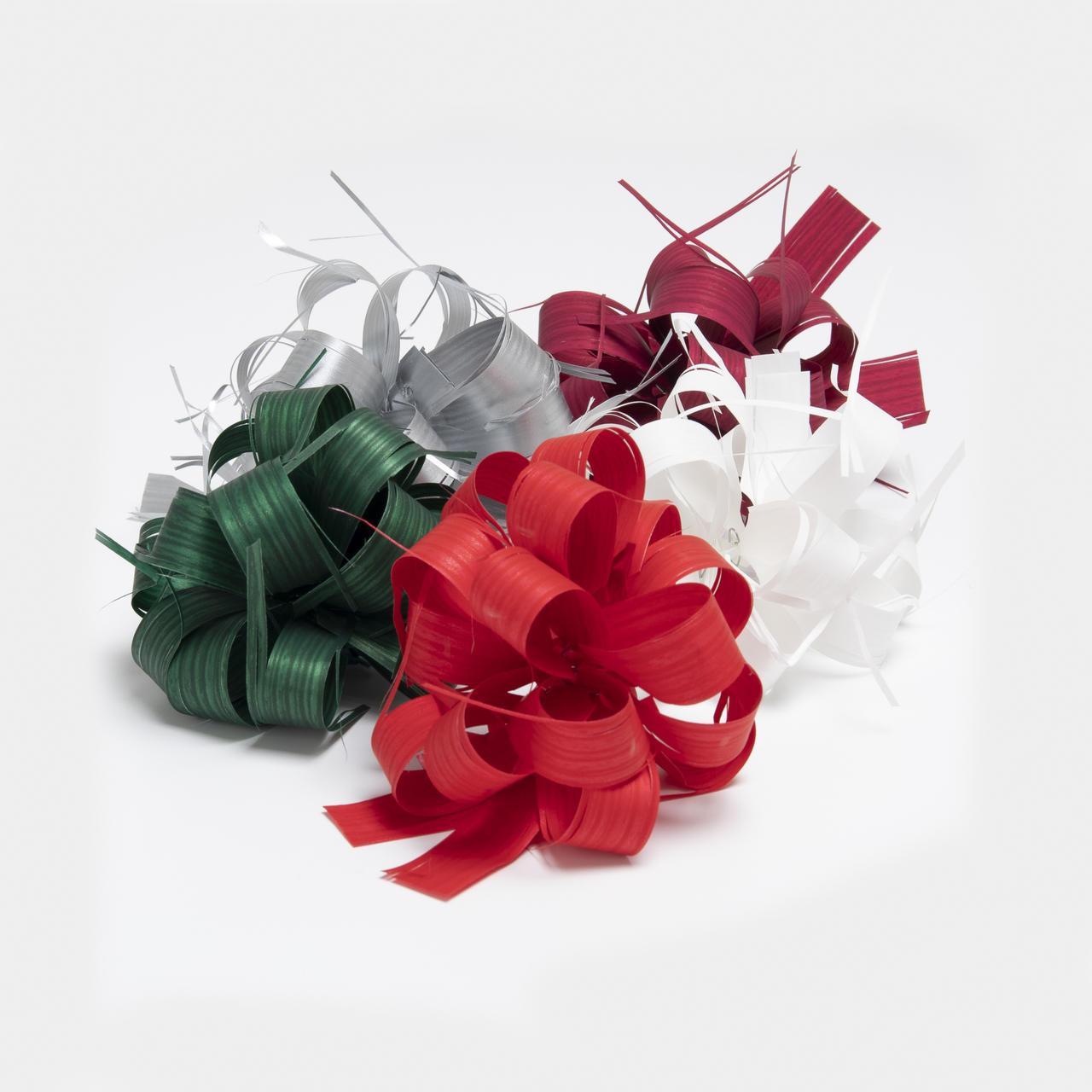Exhibitions are a key contributor to the expansion of our trade, giving bold new (global) producers and innovators a chance to network, showcase their products and find their niche. From individual stands to invaluable seminars and live pitches, this is where the magic happens.
With a footfall ranging from elite hoteliers and restaurateurs to renowned retailers looking for their next big discovery, there’s a lot of competition. So, whether you’re an artisanal start-up or an established brand, participants need to stand out if they want to be heard above the noise.
In keeping with this sentiment, we recently visited one of London’s top trade shows and noticed a stronger leaning towards both branded and bespoke packaging. In fact, there was a definite correlation between striking containers and a busy stall. So, if you want to up your game, here are the five keys to making the grade.
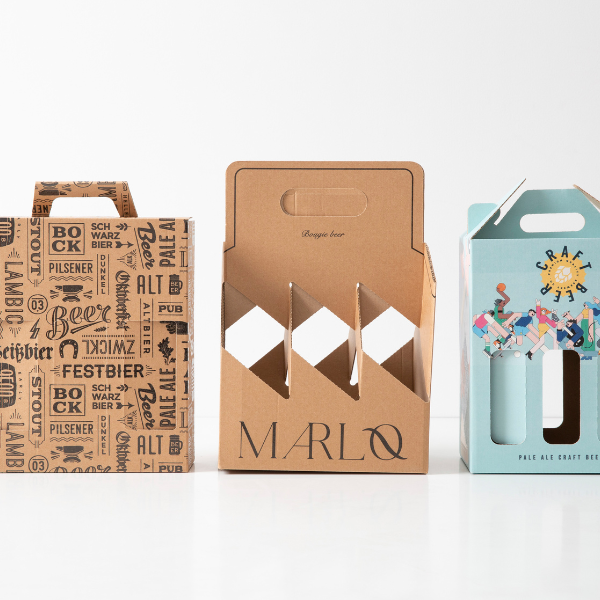
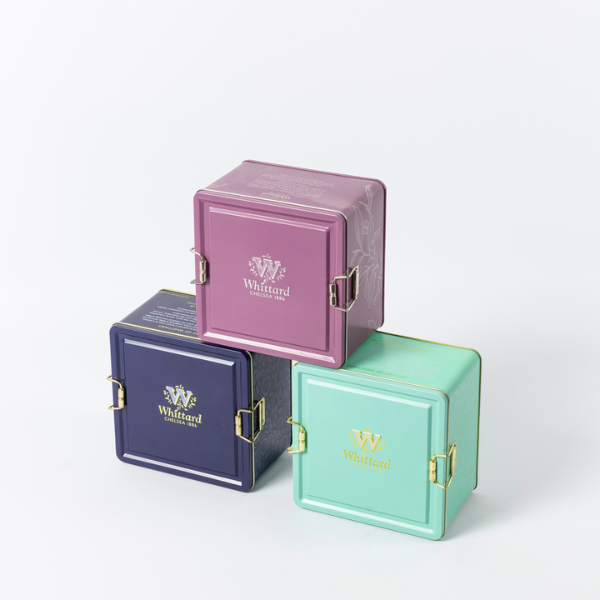
1. Understand the interplay between consumer psychology and food packaging – it's fundamental to your success
Your boxes are the first interaction customers have with your products – a silent sales pitch that will either create engagement or be ignored. And, if the experience brings about the latter, you’re in trouble. This may seem a little harsh, but let’s be honest, a bland offering that doesn’t turn heads is never going to be anyone’s first choice.
Grasping the fundamentals of the shopper mindset is therefore an essential part of transforming your containers into an activation tool, triggering perception-driven psychological responses, boosting interest and encouraging sales. Here’s how it works in a nutshell.
These four segments are the keys to influencing consumer food choices:
- Integrity and safety concerns: this encompasses factors such as sustainability, health, allergens, convenience, social impact, and quality.
- Economics: the price and perceived value of your offerings are major players in convincing your target audience that they’re getting maximum bang for their buck.
- Sentiment: emotional needs, hedonistic satisfaction, tradition, and cultural protocols shape consumer buying patterns, making the ability to connect pivotal to your success.
- Psychographics: food and drink preferences are swayed by personality traits, values and lifestyles – and every shopper is unique. Understanding these demographics will help you form the foundation of your branding decisions, enabling you to position your products to suit their behaviours.
Strategic packaging decisions revolve around activating the above triggers by including the following factors:
- Transparency and ethics: key values need to be relayed without any fluff, so use globally recognised symbols to answer any burning questions at a glance. We’re talking about icons like the Mobius loop for recyclability, the Fairtrade handshake for global impact, or the heart symbol to portray health benefits.
- The perception of quality: this is where the use of texture, sustainability, design attributes and functional features converge to create an aesthetic customers are willing to pay for. Bear in mind that there are many ways of achieving this, not all of which are exorbitant.
- Your brand story: visual stimuli such as colour, messaging and imagery should be used to nudge your target audience into having a positive emotional response
- Relatability: highlight key points like benefits, best-before dates, storage or cooking instructions, and any other facts that will resonate with your end user and impact your sales.
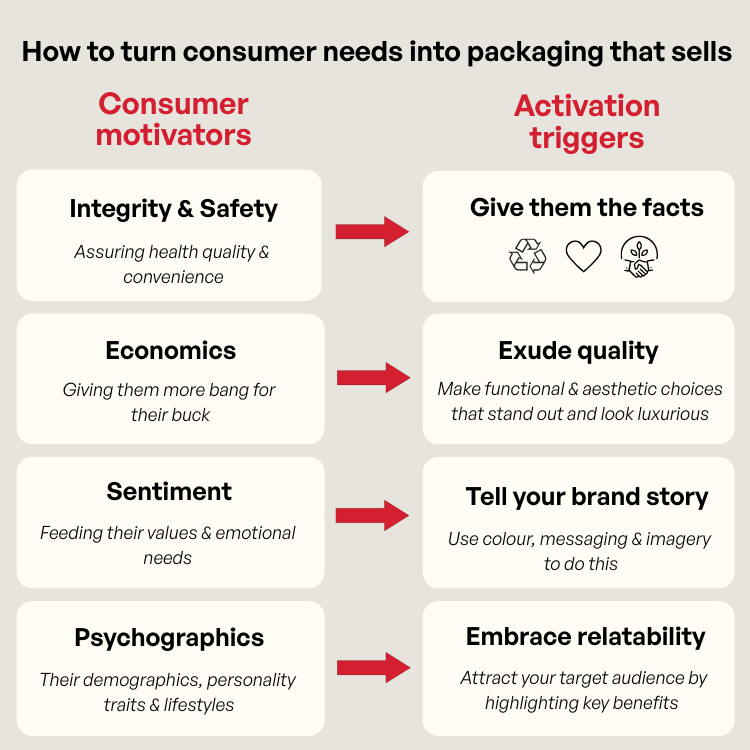
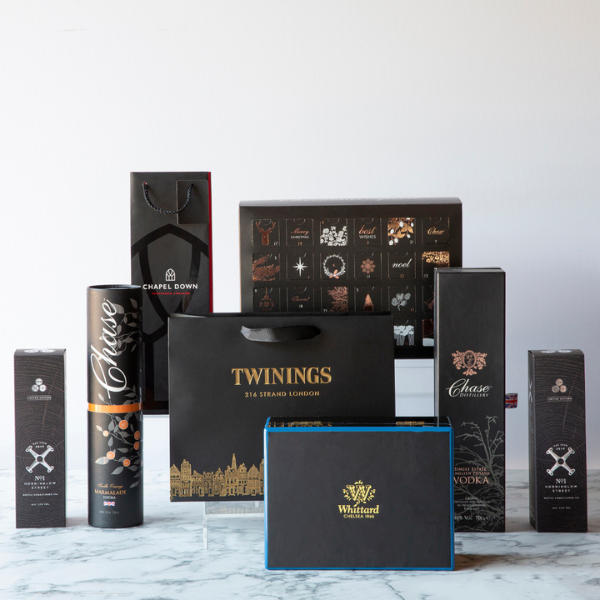
2. Have a handle on the latest market demands
Assess what’s working for your competitors and research the latest consumer trends. Without a doubt, you’ll find sustainability at the top of the list, but there’s also a leaning towards health, portion sizing, convenience and increased brand connectivity; the latter made possible through QR codes and other bridging tools.
Pioneering these shifts will gain you:
- A higher price tag for your products.
- A stronger, more positive brand image.
- Competitive differentiation.
- A lower carbon footprint in accordance with your specific sustainability protocols.
- Increased customer engagement.
- Better safety control, especially when using QR codes for traceability.
- A bigger share of the market, which is, of course, the whole point.
3. Commit to compliance standards
The food industry has a long list of best practices designed to safeguard both your consumers and your brand. And divergence from these criteria will be detrimental to your reputation. So, aside from enhancing shelf life and freshness, your containers must also:
- Control any emissions like oil content and smells.
- Protect its contents from bacterial contamination.
- Ensure product integrity. For example, if refrigeration is required, your packaging must withstand elements like condensation, colder temperatures and moisture.
- Be structurally sound enough to keep your goods safe from damage.
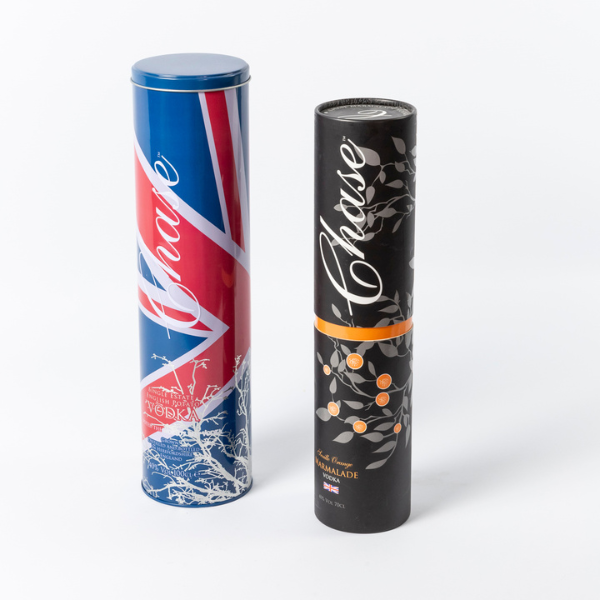
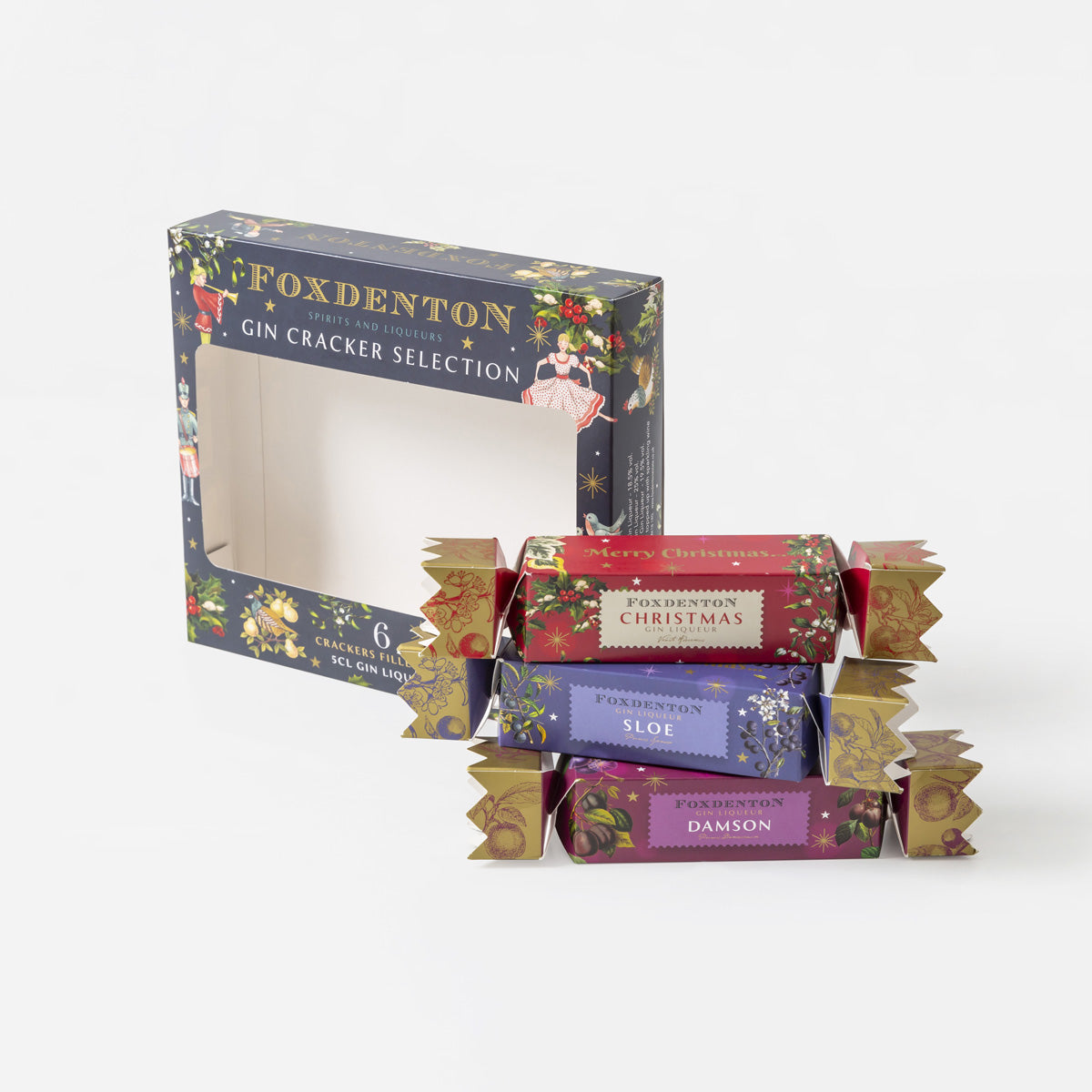
4. Brand with purpose
Branding is one of the most emotive aspects of any container, turning a mere box or bag into a powerful marketing tool that helps it stand out and be selected from often overcrowded shelves.
From attention-grabbing imagery to bold messaging, this is the most direct way of telling your story, defining your product personality, and relaying your ethos and values to your target audience. Do this properly and you’ll have a cohesive offering that literally speaks volumes.
Making this investment will also build long-term trust and a sense of familiarity, positioning your products as a recognisable and must-have household name that ensures future sales.
5. Look at the latest innovations
A lot is going on in the packaging world with industry leaders constantly pushing the boundaries of innovation. Revolutionary materials such as plant-based plastics and edible containers are on the rise, and a focus on more efficient ways to preserve and protect your products is an ongoing endeavour. In fact, it’s one field that will always think out of the box.
This gives you, the food or drink manufacturer, plenty of scope to find your perfect solution – and, if you want to stand out at your next trade show with a product that effortlessly sells itself, we suggest you do exactly that.
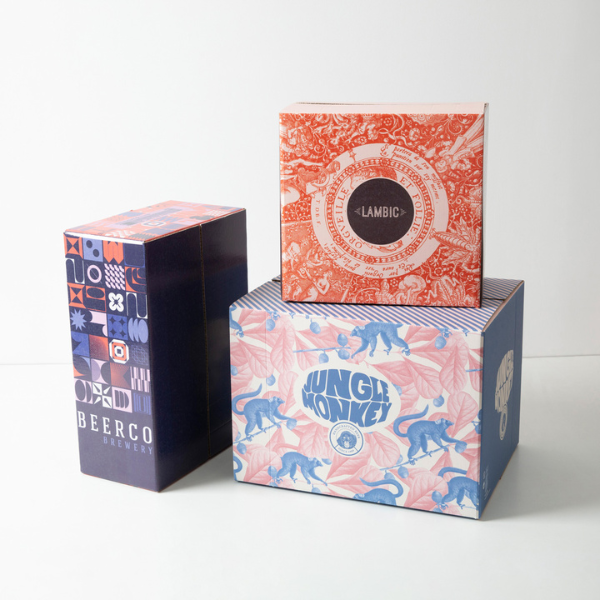
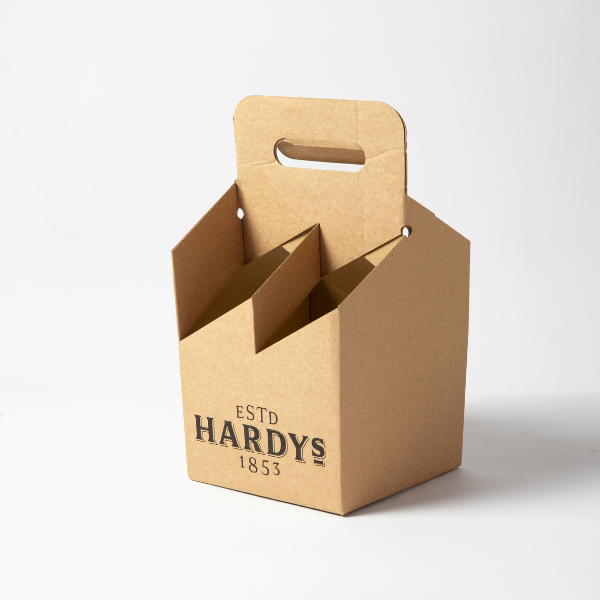
Why partnering with WBC will elevate your offerings
With over three decades of food industry experience under our belts, and a versatile approach to both packaging and gifting, we’re here to guide you through a range of exciting options that will suit your budget and aesthetic needs.
We’ll also tell you that, while all the bells and whistles are an attractive proposition, a minimalistic approach can give you just as much leverage when it comes to a customer buy-in. In fact, it’s often the simple choices that have the most reach.
To help you make practical decisions, we have a team of experts who will manage your account, assist you with navigating our wide selection of materials, and even do your design work for free.
From white label offerings and personalised overprints to a fully bespoke service that enables you to commission new concepts from scratch, we’ll be there to guide you every step of the way. Call us, and let’s wrap up your next big product success story.
